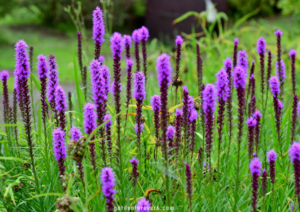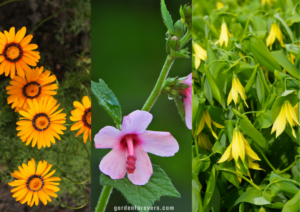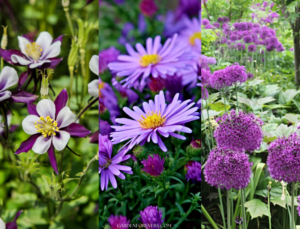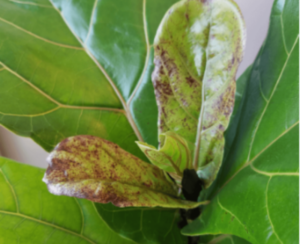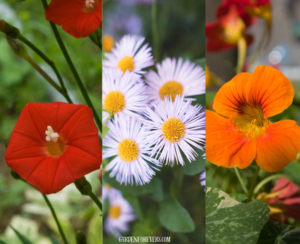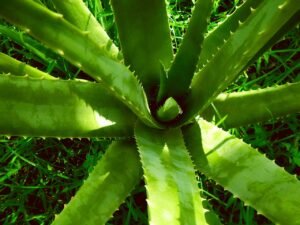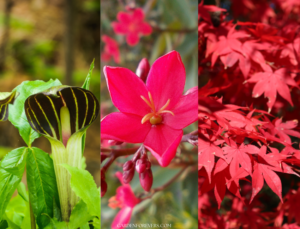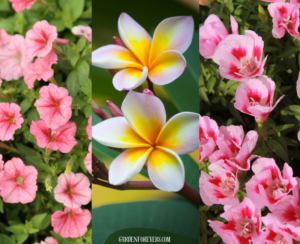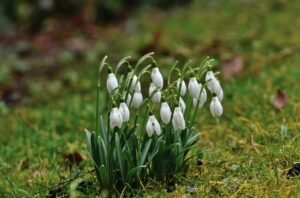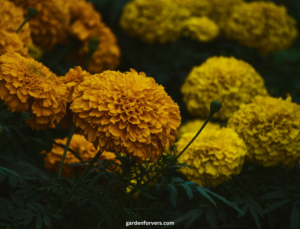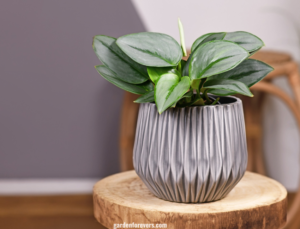Top 15 Stunning 'Flowers That Start With P'
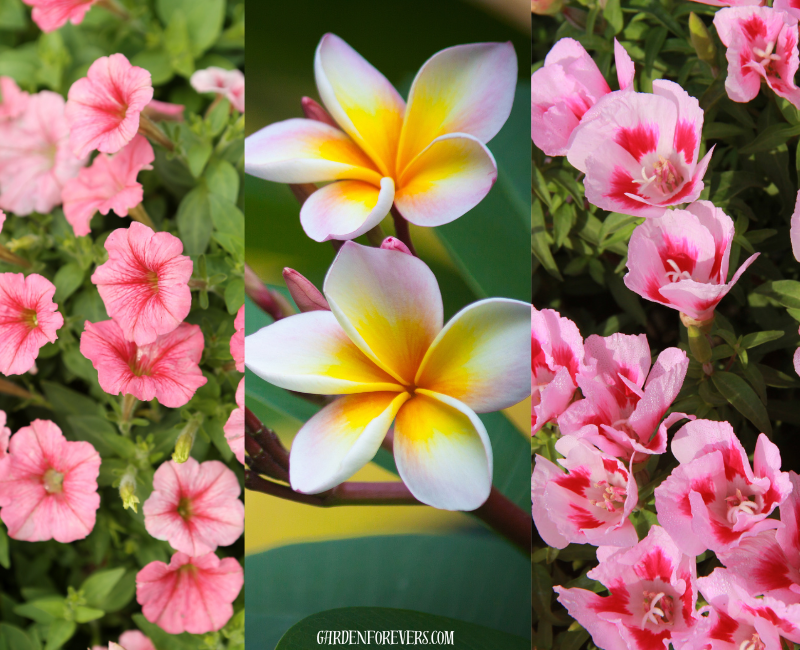
Are you ready to infuse your garden with a vibrant collection of stunning flowers? This article is perfect for you! Flowers not only add beauty but also bring life and joy to any outdoor space. With their rich colors, unique forms, and delightful fragrances, they captivate the hearts of gardeners and flower lovers everywhere.
Among the many fascinating blooms, some of the most enchanting flowers begin with the letter “P.” These flowers boast not only stunning appearances but also carry deep meanings and unique characteristics. Whether you’re a seasoned gardener or just starting out, these “P” flowers will inspire and excite your gardening adventures.
In this article, we’ll explore 15 flowers that start with “P,” diving into their beauty, care tips, and symbolic significance.
In This Article
Introduction to Flowers That Start With P
Looking for a breathtaking collection of flowers that start with ‘P’? You’ll be amazed at the variety and elegance these blooms bring to your garden. From the classic Peony to the delightful Pansy, these flowers are sure to enhance the aesthetic and charm of any outdoor space. Using flowers that start with specific letters is also a creative way to design themed gardens for special occasions or simply to enjoy the joy of gardening!
Peony
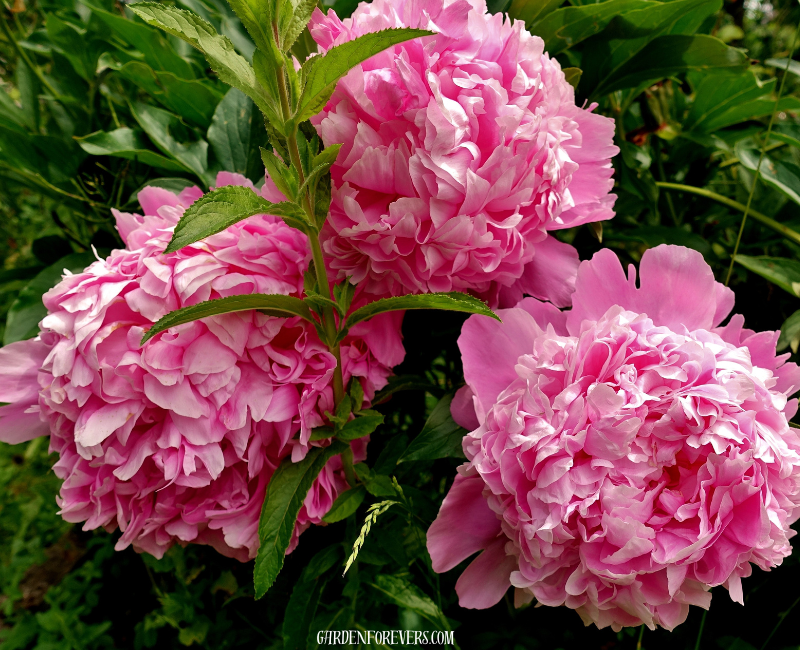
Peonies are one of the most beloved perennial flowers, known for their large, fragrant blooms and wide range of colors. From soft pinks and whites to deep reds, Peonies make a stunning statement in any garden. These flowers prefer full sun and well-drained soil and are often used as focal points in flower beds or as cut flowers for arrangements.
| Common Name | Peony Flower |
|---|---|
| Scientific Name | Paeonia spp. |
| Family Name | Paeoniaceae |
| Blooming time | Late spring to early summer |
| Number of Species | About 33 species |
| Toxicity | Non-toxic |
| Symbolism | Prosperity, romance, and good fortune |
Pansy
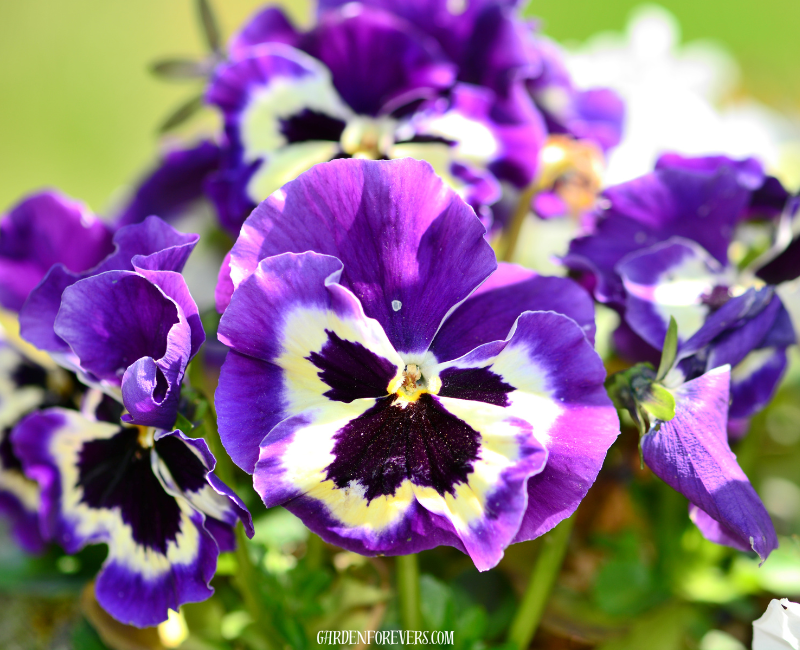
Pansies are popular cool-weather annuals, known for their cheerful “face-like” blooms that come in an array of colors, including purples, yellows, and blues. These flowers thrive in well-drained soil and partial sun, making them ideal for borders, containers, and as ground cover.
| Common Name | Pansy Flower |
|---|---|
| Scientific Name | Viola tricolor |
| Family Name | Violaceae |
| Blooming time | Spring to early summer |
| Number of Species | Over 500 species |
| Toxicity | Non-toxic |
| Symbolism | Thoughtfulness, remembrance |
Petunia

Petunias are vibrant, easy-to-grow annuals that bloom throughout the summer, producing a profusion of funnel-shaped flowers. Available in shades of pink, purple, red, and white, they are perfect for hanging baskets, borders, and window boxes. Petunias love full sun and well-drained soil.
| Common Name | Petunia Flower |
|---|---|
| Scientific Name | Petunia spp. |
| Family Name | Solanaceae |
| Blooming time | Spring to fall |
| Number of Species | 20 species |
| Toxicity | Non-toxic |
| Symbolism | Resentment, anger, and hope |
Primrose
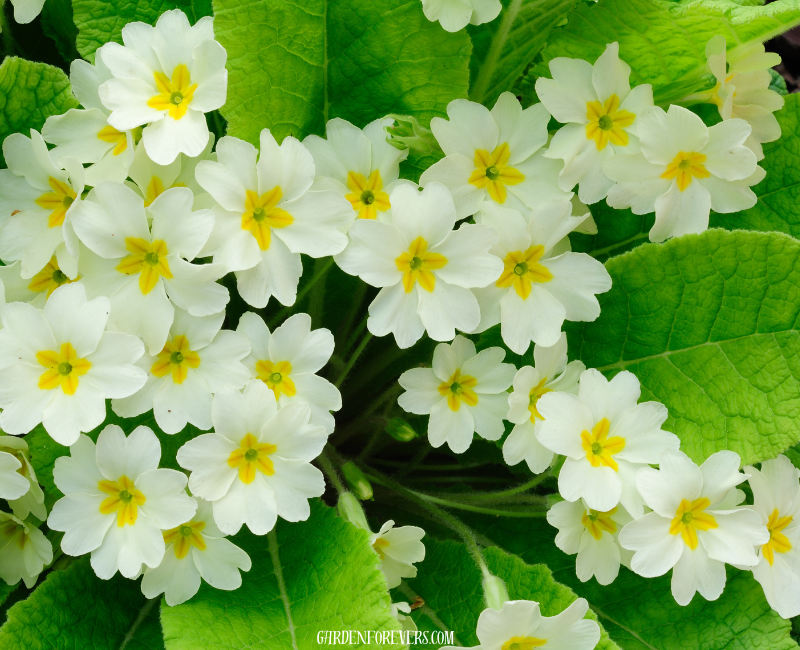
Primroses are charming perennials that brighten up early spring gardens with their vivid colors. These low-growing flowers are ideal for borders, woodland gardens, or containers. They thrive in partial shade and moist, well-drained soil.
| Common Name | Primrose Flower |
|---|---|
| Scientific Name | Primula spp. |
| Family Name | Primulaceae |
| Blooming time | Spring |
| Number of Species | Over 500 species |
| Toxicity | Toxic to pets if ingested |
| Symbolism | Youth, new beginnings, and love |
Phlox
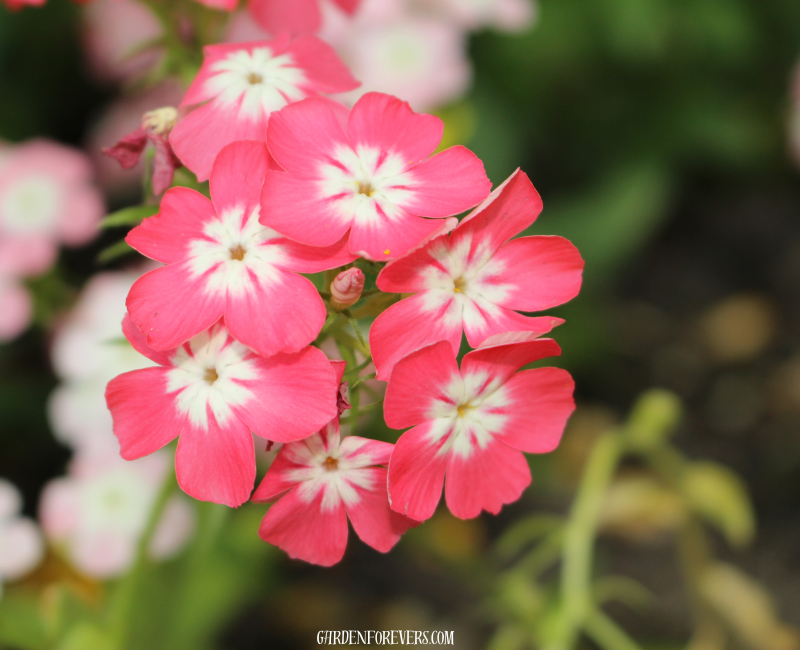
Phlox are versatile perennials known for their clusters of small, star-shaped flowers that bloom in vibrant shades of pink, purple, and white. These flowers attract butterflies and bees, making them a favorite in pollinator gardens. Phlox prefer full sun and well-drained soil.
| Common Name | Phlox Flower |
|---|---|
| Scientific Name | Phlox spp. |
| Family Name | Polemoniaceae |
| Blooming time | Summer to early fall |
| Number of Species | Around 70 species |
| Toxicity | Non-toxic |
| Symbolism | Harmony, unity, and sweet dreams |
Poppy
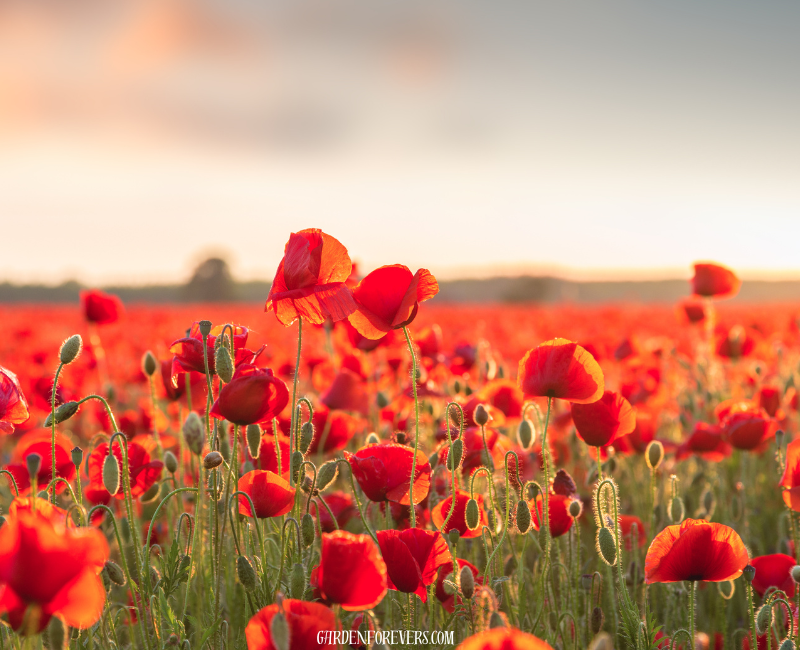
Poppies are iconic flowers known for their delicate, paper-like petals and vibrant colors. They bloom in reds, oranges, and yellows and prefer full sun and well-drained soil. Poppies are often used in wildflower gardens and meadows to create a naturalistic look.
| Common Name | Poppy Flower |
|---|---|
| Scientific Name | Papaver spp. |
| Family Name | Papaveraceae |
| Blooming time | Spring to summer |
| Number of Species | Over 100 species |
| Toxicity | Toxic to pets if ingested |
| Symbolism | Peace, remembrance, and consolation |
Plumeria
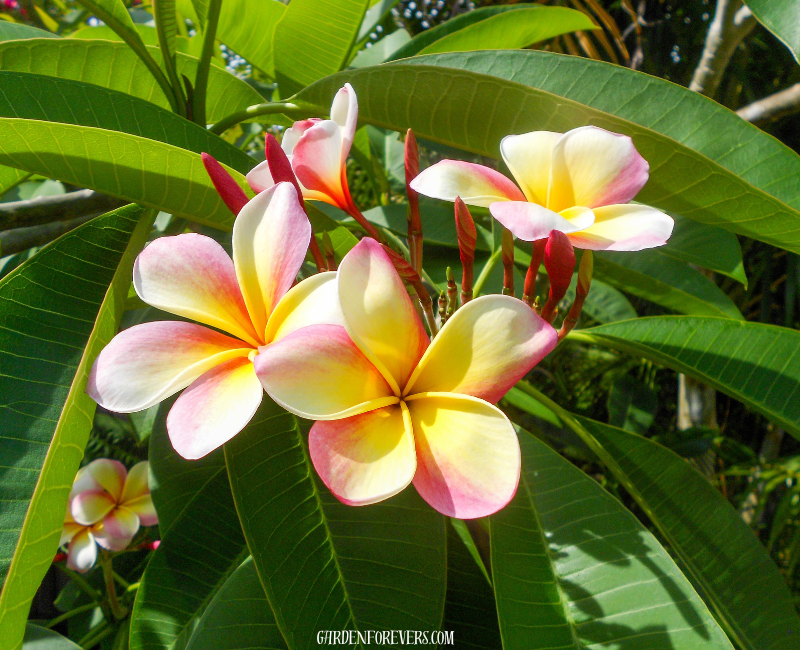
Plumeria, also known as Frangipani, is a tropical shrub that produces fragrant, waxy flowers in shades of white, pink, yellow, and red. They thrive in full sun and well-drained soil, making them perfect for warm climates or as potted plants in cooler regions.
| Common Name | Plumeria Flower |
|---|---|
| Scientific Name | Plumeria spp. |
| Family Name | Apocynaceae |
| Blooming time | Spring to fall |
| Number of Species | About 11 species |
| Toxicity | Toxic if ingested |
| Symbolism | Immortality, new beginnings |
Periwinkle

Periwinkle, or Vinca, is a hardy ground-cover plant that produces delicate, star-shaped flowers in shades of blue, purple, or white. It thrives in both sun and partial shade, making it a versatile addition to garden beds and borders.
| Common Name | Periwinkle Flower |
|---|---|
| Scientific Name | Vinca minor |
| Family Name | Apocynaceae |
| Blooming time | Spring to summer |
| Number of Species | Around 12 species |
| Toxicity | Toxic if ingested |
| Symbolism | Friendship, fidelity |
Pineapple Lily
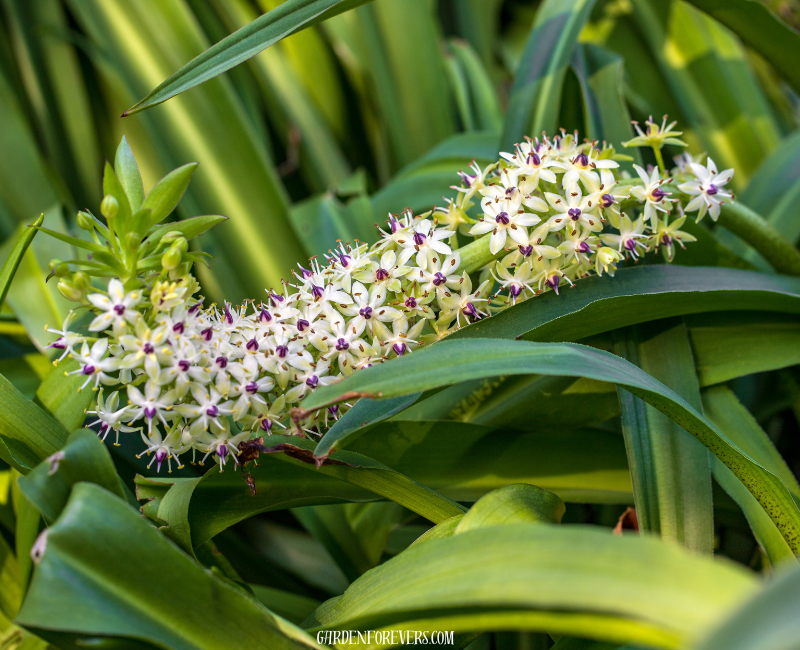
Pineapple Lily is an exotic perennial known for its unique flower spikes that resemble pineapples. This plant thrives in full sun and well-drained soil, making it perfect for sunny garden beds and containers.
| Common Name | Pineapple Lily |
|---|---|
| Scientific Name | Eucomis spp. |
| Family Name | Asparagaceae |
| Blooming time | Summer |
| Number of Species | About 12 species |
| Toxicity | Non-toxic |
| Symbolism | Cheerfulness, exotic beauty |
Related
Pasque Flower
Pasque Flowers are early spring bloomers that produce soft, bell-shaped flowers in shades of purple, pink, and white. These hardy perennials prefer full sun and well-drained soil and are often used in rock gardens or alpine settings.
| Common Name | Pasque Flower |
|---|---|
| Scientific Name | Pulsatilla vulgaris |
| Family Name | Ranunculaceae |
| Blooming time | Spring |
| Number of Species | About 33 species |
| Toxicity | Toxic if ingested |
| Symbolism | Resurrection, rebirth |
Pincushion Flower

Pincushion Flowers are dainty perennials with delicate, pin-like petals that form a rounded bloom. They attract butterflies and are ideal for cottage gardens or mixed borders. These flowers prefer full sun and well-drained soil.
| Common Name | Pincushion Flower |
|---|---|
| Scientific Name | Scabiosa spp. |
| Family Name | Caprifoliaceae |
| Blooming time | Summer to fall |
| Number of Species | About 100 species |
| Toxicity | Non-toxic |
| Symbolism | Love, admiration |
Portulaca (Moss Rose)
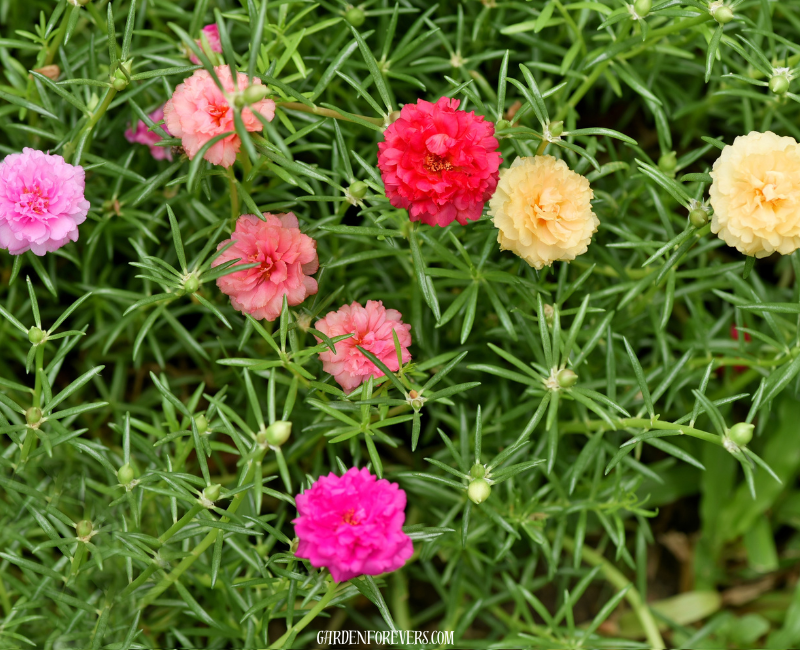
Portulaca, commonly known as Moss Rose, is a sun-loving annual with succulent-like leaves and vibrant, rose-shaped flowers. These drought-tolerant plants thrive in well-drained soil, making them perfect for rock gardens and containers.
| Common Name | Moss Rose Flower |
|---|---|
| Scientific Name | Portulaca grandiflora |
| Family Name | Portulacaceae |
| Blooming time | Summer to fall |
| Number of Species | About 40 species |
| Toxicity | Non-toxic |
| Symbolism | Endurance, beauty |
Penstemon
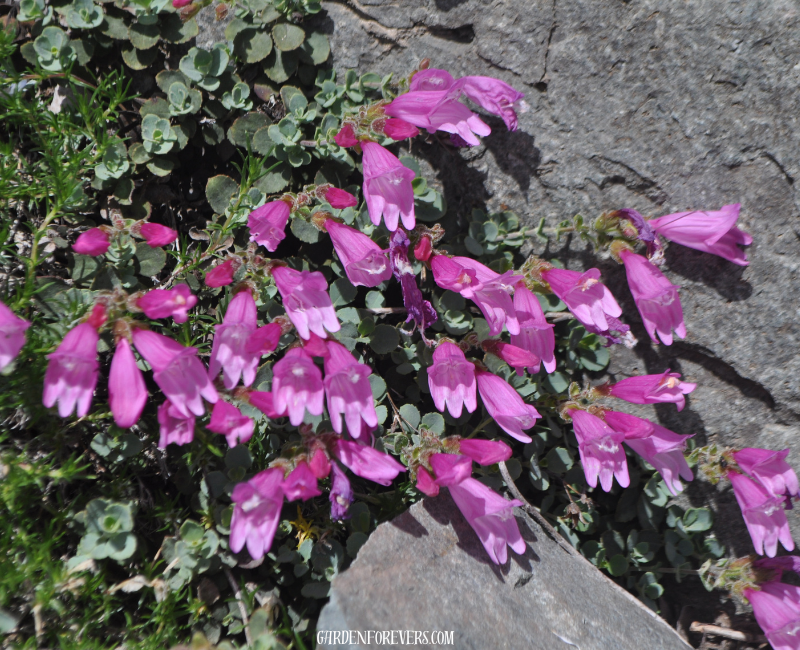
Penstemons are perennials with tubular flowers in a range of colors, including red, pink, purple, and white. These flowers attract hummingbirds and thrive in full sun and well-drained soil, making them ideal for wildlife or rock gardens.
| Common Name | Penstemon Flower |
|---|---|
| Scientific Name | Penstemon spp. |
| Family Name | Plantaginaceae |
| Blooming time | Summer to fall |
| Number of Species | Over 250 species |
| Toxicity | Non-toxic |
| Symbolism | Boldness, confidence |
Poinsettia
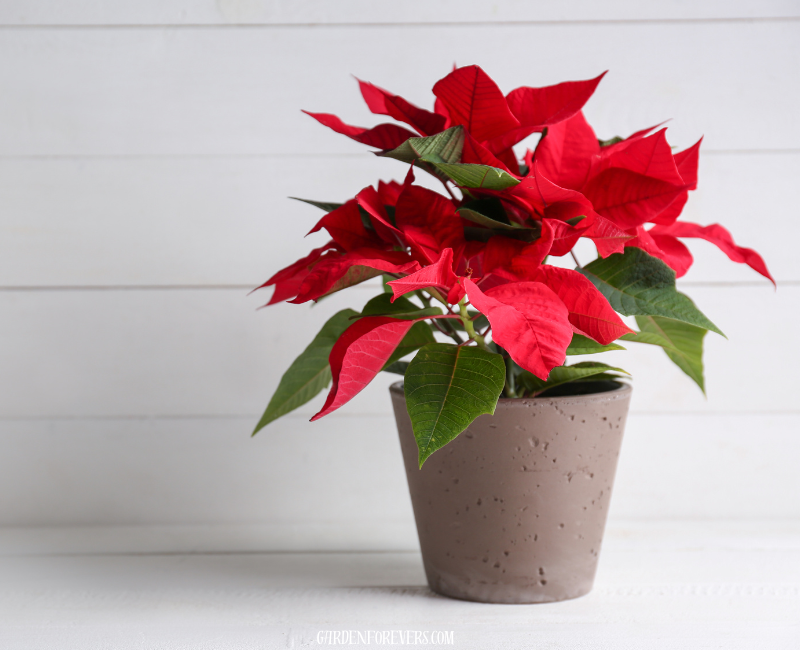
Poinsettias are famous for their striking red and green foliage, often used as holiday decor. Though technically not flowers, their colorful bracts make them a popular choice for festive displays. They prefer bright, indirect light and well-drained soil.
| Common Name | Poinsettia |
|---|---|
| Scientific Name | Euphorbia pulcherrima |
| Family Name | Euphorbiaceae |
| Blooming time | Winter |
| Number of Species | 1 main species |
| Toxicity | Mildly toxic to pets |
| Symbolism | Celebration, joy |
Prairie Coneflower
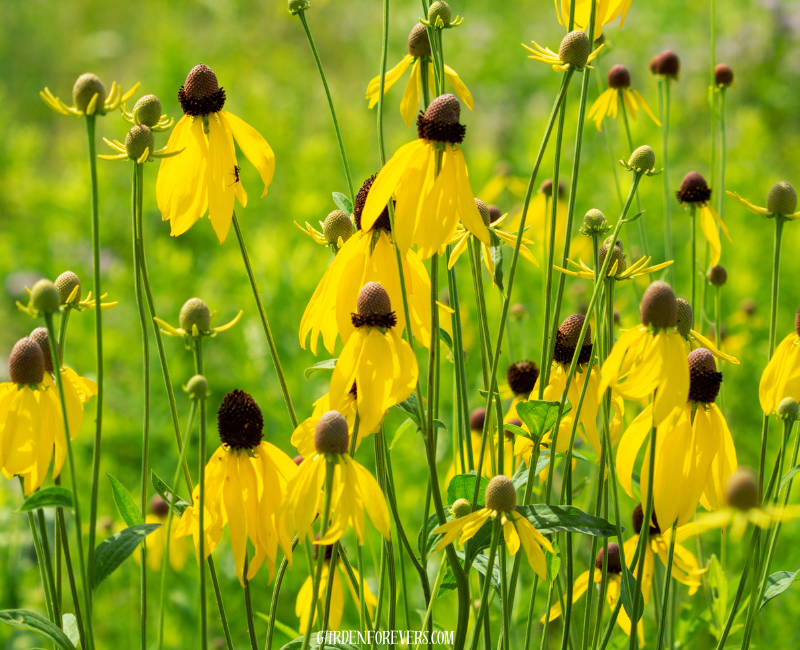
Prairie Coneflower, or Ratibida, is a native wildflower known for its tall stems and coneflower-shaped blooms in shades of yellow and red. It thrives in full sun and well-drained soil, making it ideal for prairie or meadow gardens.
| Common Name | Prairie Coneflower |
|---|---|
| Scientific Name | Ratibida columnifera |
| Family Name | Asteraceae |
| Blooming time | Summer to fall |
| Number of Species | 2 species |
| Toxicity | Non-toxic |
| Symbolism | Endurance, simplicity |
Why You Should Add P Flowers to Your Garden
Flowers that start with the letter “P” bring a diverse array of beauty, shapes, and colors to your garden. From the timeless elegance of Peonies to the exotic charm of Pineapple Lilies, these blooms are perfect for adding personality and vibrancy to any outdoor space. Their versatility, rich symbolism, and stunning aesthetics make “P” flowers a must-have in any garden!
Besides, if you want to know more About letter beige flower, then you can visit our more blog. By planting these stunning flowers, you’ll create a vibrant garden that blooms beautifully throughout the seasons. Whether you’re seeking elegance, color, or a specific symbolism, these “P” flowers will transform your garden into a breathtaking sanctuary of nature’s beauty.

